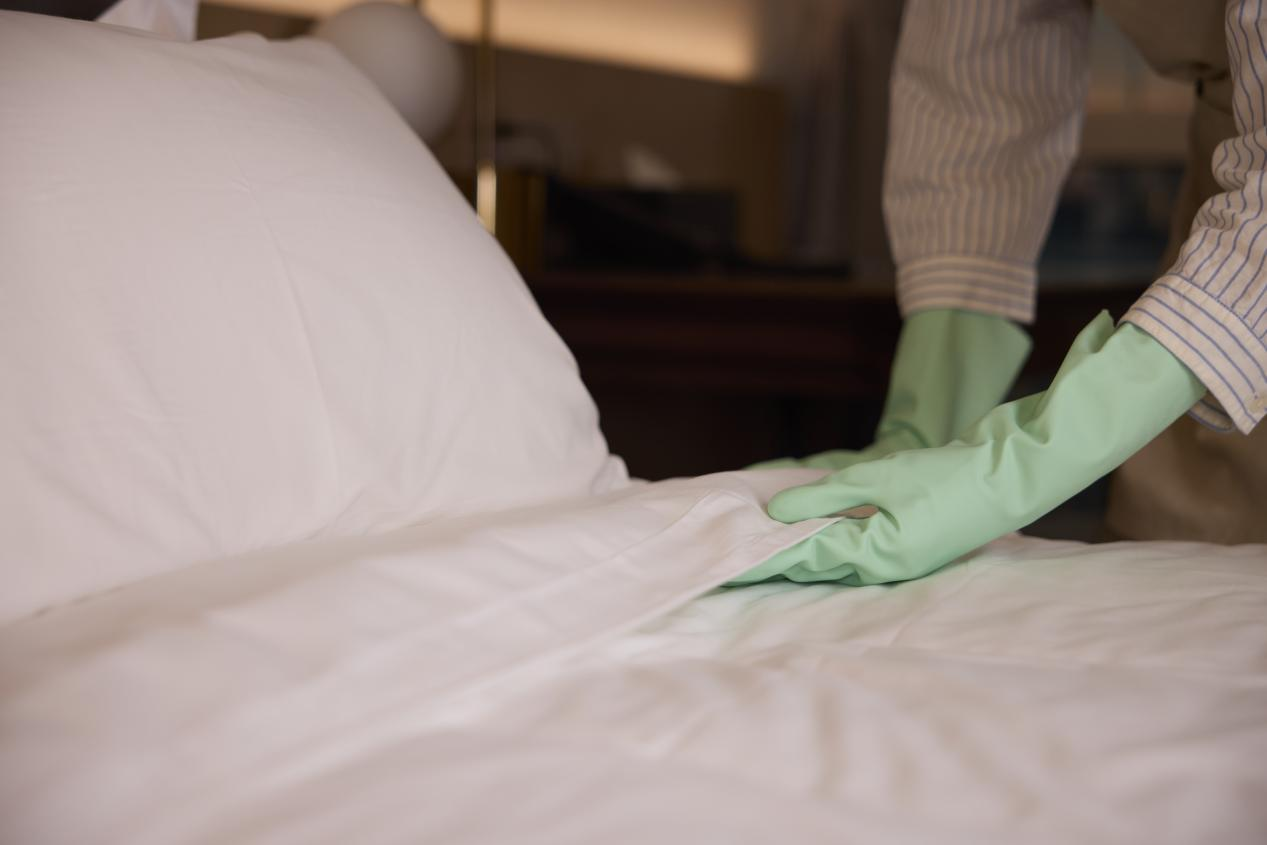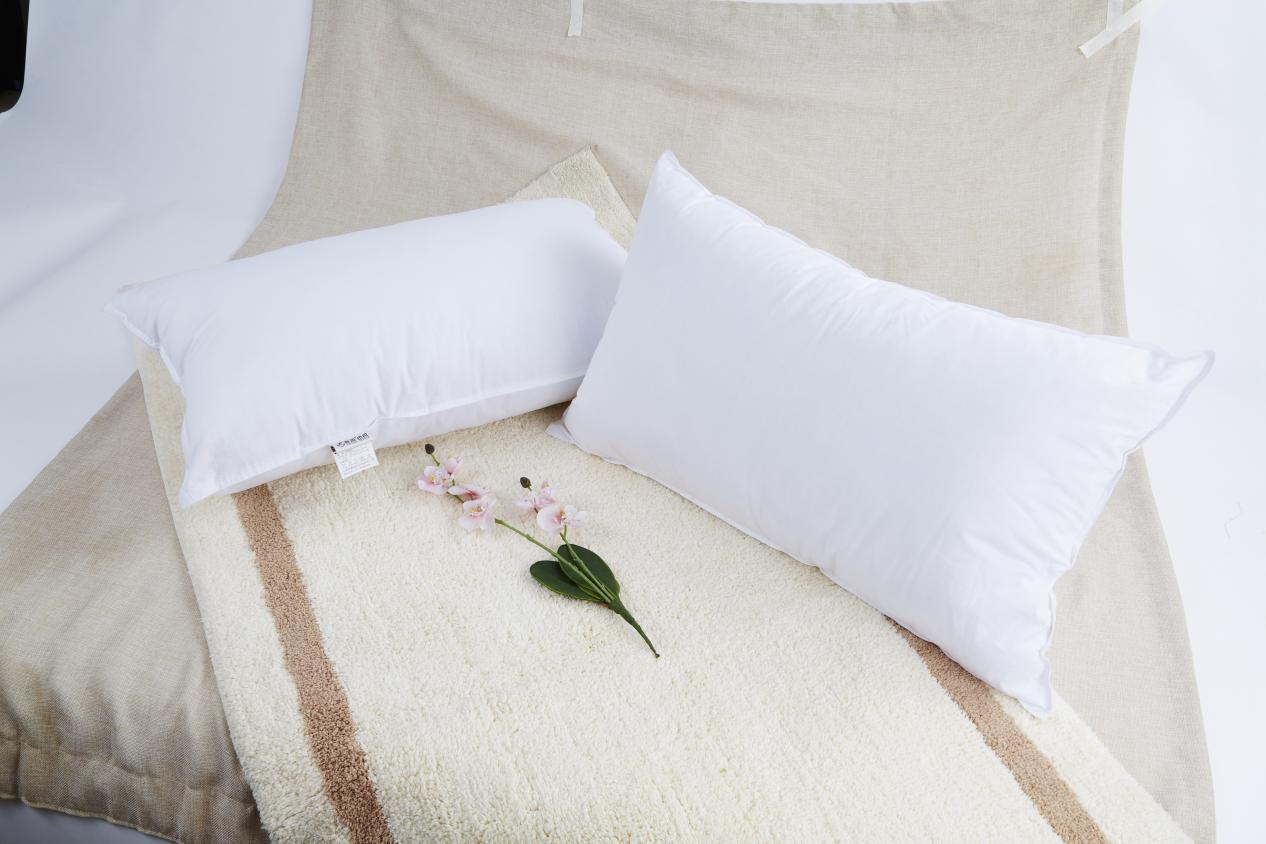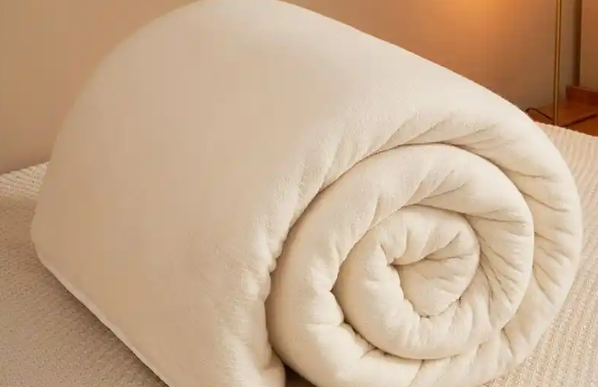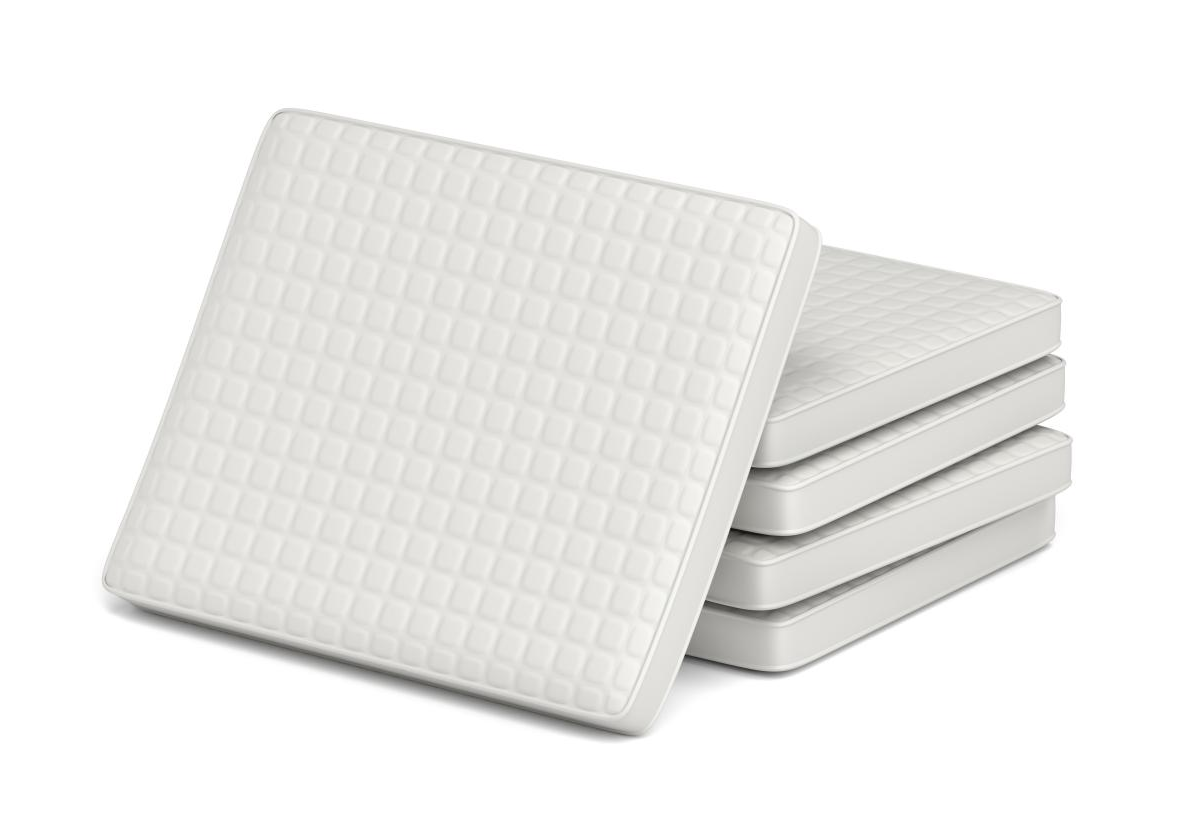In hotel linen management, the washing and maintenance of core inserts (pillow inserts, quilt inserts, mattresses…) has always been a challenging issue for the industry. Problems such as difficulty in washing after contamination, easy growth of bacteria and mites if not washed for a long time, the occurrence of yellow stains, mildew stains, and odors directly affect the customer experience. As the core support for hotel washing and care services, linen laundries need to master scientific protection and washing methods to help hotels solve this dilemma.
Current Condition of Core Inserts Care and Cleaning
Now, hotels have mainly three methods to handle core inserts, but all three methods have limitations.
● Low-temperature slow drying: It can only remove internal moisture and reduce bacterial growth, but it cannot solve stain problems.
● Local cleaning: It can only treat surface stains, making it difficult to eliminate hygiene risks completely.
● Complete disposal: Although it ensures hygiene, it significantly increases costs and is only a last resort.
These methods can hardly fully meet customers’ high requirements for hygiene conditions. With technological development, washable core inserts have made breakthroughs, but their effectiveness is still insufficient due to constraints such as structure, cost, and washing/care requirements. Therefore, the core principle for washing and caring for core inserts should be “prevention first, washing as a supplement”.
Pillow Inserts
● Multiple Protective Measures to Reduce Contamination
- Protective cover isolation
For down or chemical fiber pillow inserts, three types of inner protective covers can be used.
Regular woven fabric covers: They are breathable and comfortable, but their protective performance is weak.
Teflon triple-protection finished fabric covers: They are treated for water, oil, and stain resistance. Also, they have good breathability and anti-contamination properties.
Knitted composite protective inner covers: They are soft in texture and excellent in stain resistance. Their effectiveness has been proven ideal by some hotels.
- Application of antibacterial filling materials
Using fibers made from polyester antibacterial masterbatches as filling materials can effectively inhibit the growth of Staphylococcus aureus, Escherichia coli, and Candida albicans. This keeps the filling clean and odor-free. It is recommended to choose products from branded enterprises to get long-lasting and stable antibacterial function.
● Avoid Fabric Shrinkage and Breathability Issues During Washing
- If down pillow inserts use 100% cotton fabric, they easily shrink after washing, so people should choose high-grade 100% cotton fabric with an extremely low shrinkage rate to ensure dimensional stability.
- If people use polyester fabric as a filling material, the polyester fabric’s breathability must meet standards to avoid affecting the user experience after washing.
Quilt Inserts
● Quilt Insert Protection
- Application of triple-protection fabrics
After teflon triple-protection finishing, 40s 133*100 cotton down-proof fabrics are used for down quilt or bed protector fabrics. They can effectively block water, oil, and stain contamination. This effectively reduces cleaning difficulty.
- Addition of antibacterial filling materials
It is similar to pillow inserts. Chemical fiber antibacterial filling materials are used to avoid bacterial growth and reduce odor generation.
- Composite fabrics to solve the yellowing of quilt collars
Quilt collars easily turn yellow due to long-term contamination by neck oil from the human body. Using quilt collar fabrics composed of knitted fabric and waterproof breathable film can improve protection effects and maintain a breathable and soft touch, which alleviates the yellowing problem.
- Regular low-temperature drying
It is similar to airing quilts at home. Regular low-temperature drying can remove moisture and odors, and improve customer experience. However, frequent use should be avoided.
● Quilt Insert Washing
Quilt inserts have large filling volumes, so protection should be the first step to reduce washing frequency. Generally, it is suggested to use long-cycle water washing (1-2 years) or local cleaning, or avoid water washing to maintain softness, fluffiness, and warmth retention.
- Down quilt inserts
Water washing easily causes shrinkage of the quilt cover and reduces fluffiness of the down, which has a bad impact on hand feel and warmth retention. If washing is necessary, the quilt cover should be made of fabric with a low shrinkage rate, and the drying temperature should be controlled below 60℃.
- Chemical fiber quilt inserts
Ordinary polyester filling materials tend to clump and entangle after water washing. Chemical fiber filling materials produced by special processes should be used, with a drying temperature ≤ 60℃, but the cost is higher than that of ordinary filling materials.
Mattresses
Mattresses cannot be directly washed, so they tend to trap dirt and grime after long-term use. It is recommended to equip mattresses with protective covers—such as 360° protective guards made of protective molecular film fabric. These covers have excellent breathability, water-resistant and stain-resistant properties, and can block contamination in all directions, keeping mattresses clean during long-term use. The protective covers are washable, and the drying temperature should be controlled below 60℃ to facilitate repeated use.
Conclusion
The core of inserts in hotels lies in using protective methods to reduce pollution from the source through protective measures and lowering the frequency and difficulty of washing. Linen laundry plants should convey the concept of “prevention first” to the hotel and master the washing characteristics of different core products: selection of fabrics, temperature parameters, and washing cycle. In the premise of hygienic safety, they should prolong the service life of these inserts, help hotels reduce their operating costs, and improve customer experiences.
Post time: Oct-16-2025





